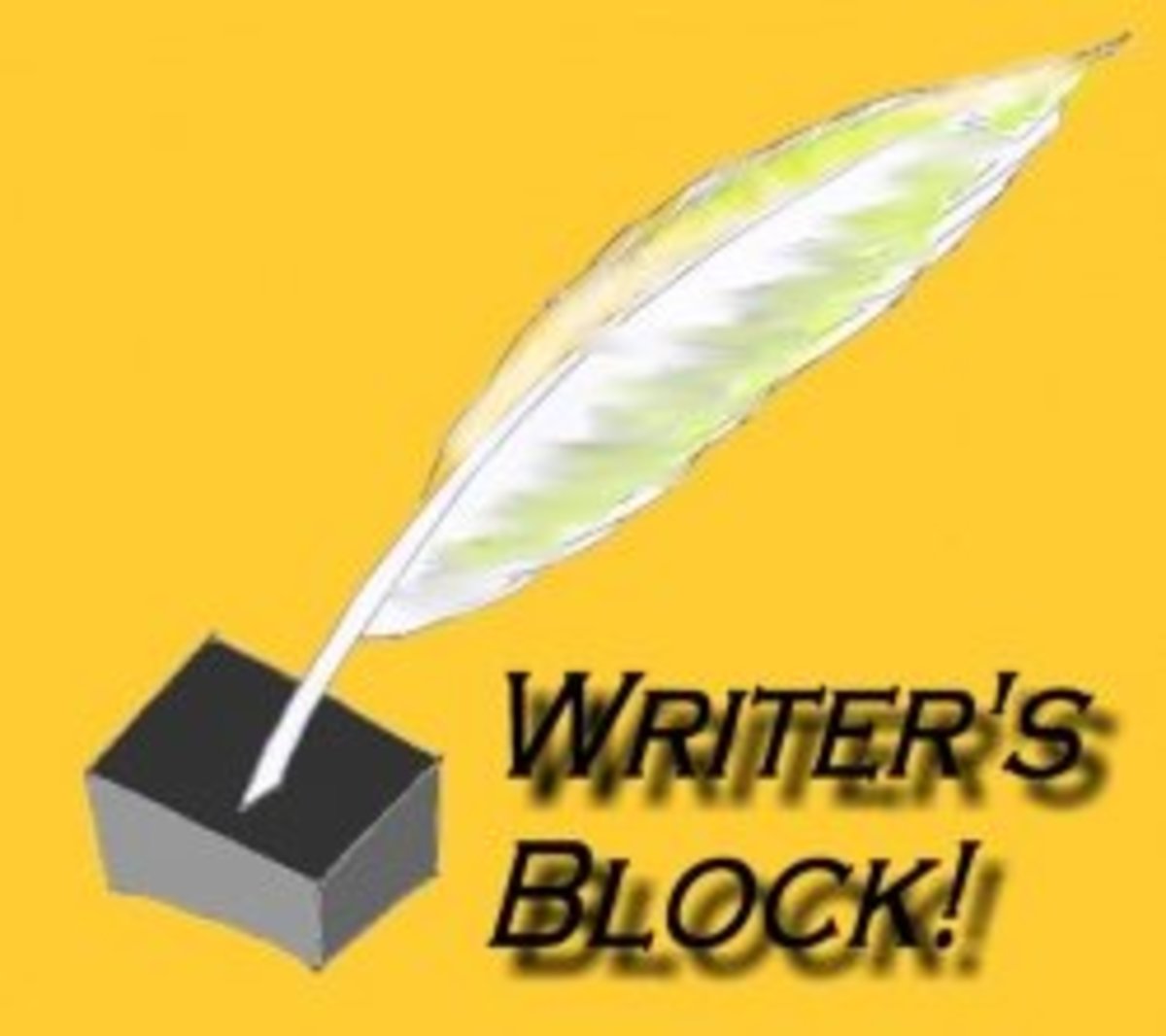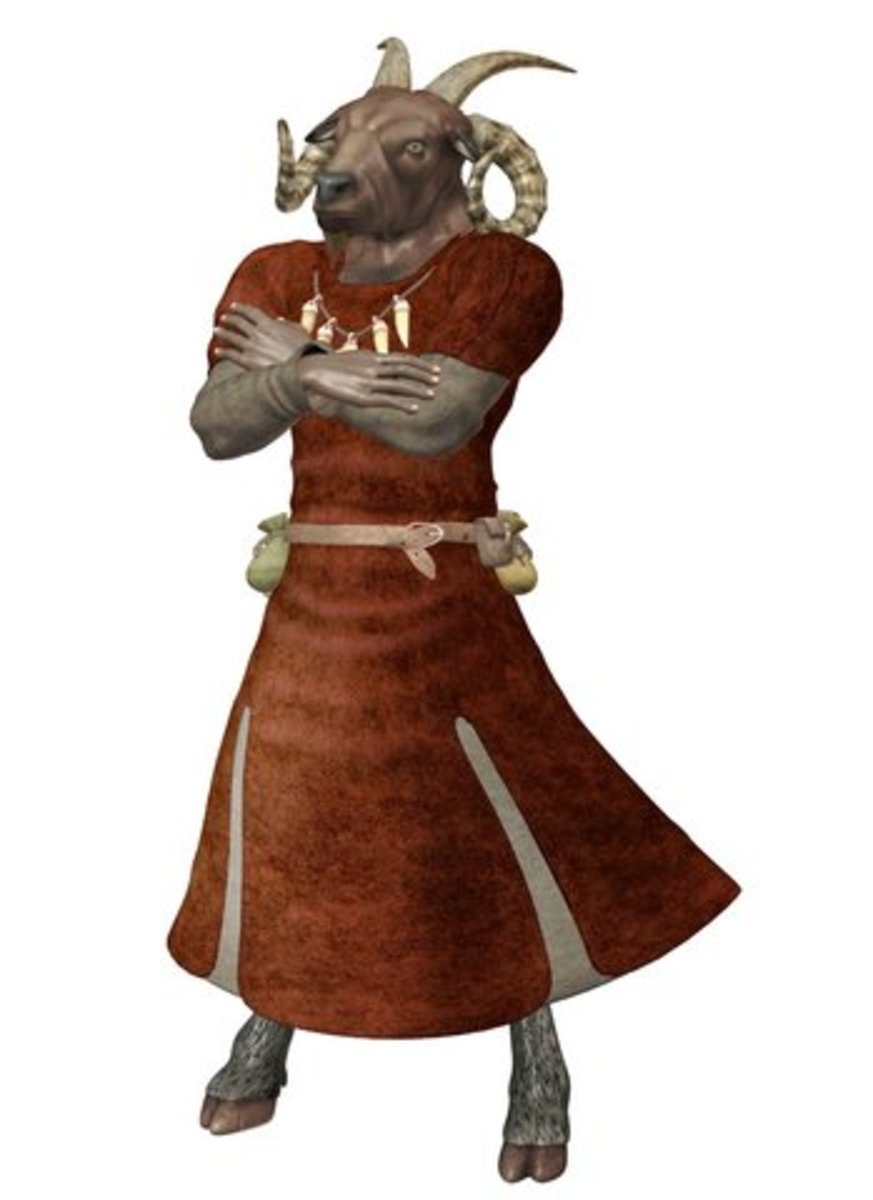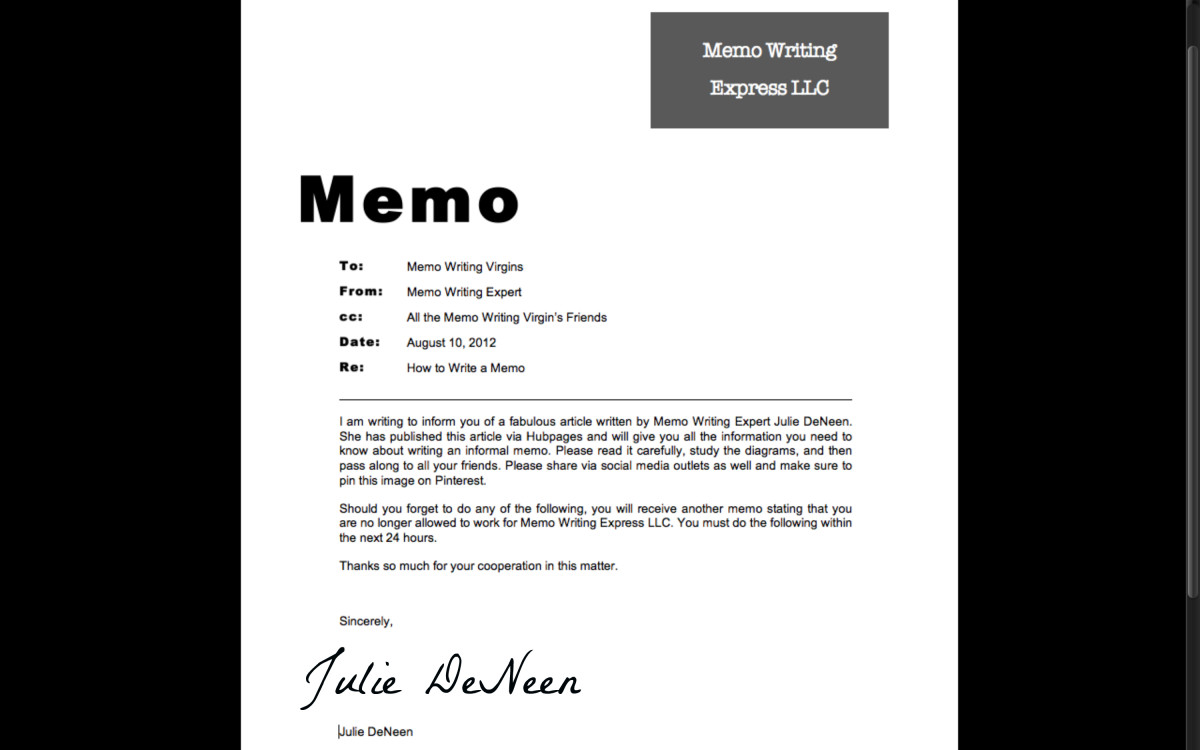How to Write A Tabletop RPG Setting

Foreword
I love to get together with my friends and play tabletop RPGs and if you're reading this then you probably do as well. If you're confused and don't know about tabletop roleplaying, then feel free to look it up on Wikipedia, this Hub isn't going anywhere. If you're a Game Master looking to command a new world, a publisher looking to make their mark, or just the creative type, then please read on. Also keep in mind that this Hub is primarily written for people who will be using their new setting to run a story in it with their friends but can be used as a general world-building guide.
Why You Sould Write Your Own Setting
Rookie Game Masters will probably be best off using a published setting like Deadlands or Ebberon but there are plenty of good reasons to write your own setting, including but not limited to;
- Adding your own personal flair and ideas to the world. A good writer makes everything mesh together. This means that nothing is pointless but it also makes adding new things from the outside tough because there aren't many empty slots to be neatly filled in. If you're writing the setting then this won't be a concern because you're building everything around YOUR plans.
- Being able to tailor the world to yours and your player's tastes. No matter how good an author is they won't know what your players want without meeting them. You know your audience and homebrewing your own setting will help make sure that things that they love will be featured and that the things that they hate will stay out of the way.
- Staying in control of what the players know. If you've ever had a twist ending spoiled for you then you know how important secrets are. Most published settings have amazing secrets in them but few of them are any good at keeping them simply because players can usually flip to the right page and learn EXACTLY what everyone is up to. If you're the writer then you can make sure that the lists of motives and hidden things are kept safely hidden away from prying eyes.
All of these factors make homebrewing the go to answer for playing in a world custom-made for you and your friends. After all, if you want something done right then you have to do it yourself!

The Creative Process
Before you even take your first step in to writing a setting you need to keep in mind that tabletop RPGs are a cooperative storytelling experience. That means that you're not building this world for just you but also your players. Every step of the way should account not just for your desires but the players as well.
- State your goals. Figure out what this world is supposed to do and why you want it to do that. This will give you a clear direction and help form a central theme to help tie everything together. Nothing can undermine a project worse than a lack of direction and settings are no exception. This doesn't mean that your world should be exclusively about one thing but it should be about something. Also, don't be afraid to ask your players what they want. This will help get the ball rolling and prevent trouble down the line.
- Pick a genre. Once you have your goals you need determine what kind of stories and themes will help you accomplish those goals. This is usually a pretty easy step simply because most goals will be things like "Have the heroes explore new planets" but some goals will be less genre specific like "Focus on combat over politics". Overall the best way to handle this is to run with what you know and stay in your comfort zone. The better you understand the themes and motifs you're writing the less likely you are to flounder. Keep a short list of your themes nearby when working on the project to make sure that every step of the way, every element of the setting contributes to the overall themes and goals. This will give a sense of cohesiveness and elegance that is very valuable.
- Consider a system. There are a lot of RPG systems out there and each have their own strengths and weaknesses. For the most picking a system will be like picking a genre and you will want to stay in your comfort zones. However you don't need to tie your setting to just one system, especially if you plan on using your setting for more than just one story. Just remember that whatever system is used that it needs to be able to model what can happen and what the heroes can do. Articles like this can help you with this step.
- Do your research. In this modern era there's not much reason why you shouldn't check your facts or look at what everyone else is doing. You are connected to the largest, most accessible repository of knowledge the world has ever seen RIGHT NOW so use it to make sure you aren't mixing up your facts or missing out on other Game Masters cool solution to your problems.
- Build your foundations. Build a good skeleton for your world. Jot down things like overall geography, basic customs, general political climate, local religion and how things like magic and technology fit in with it all. You don't need to write down every last detail but you will need to answer those fundamental questions well enough that the players can say how their characters fit in to the big picture. Having it all written down will also help you keep track of everything and let you see how everything works on paper. If you are having difficulty with this step then just start brainstorming, writing down any details you have any interest in no matter how contradictory they might be, then pick and choose later – you might even get some great ideas by trying to figure out how to include diametrically opposing ideas.
- Plant the adventure seeds. Every setting needs something to do or else there's going to be mass boredom. Your goals should help provide at least one Big Problem to overcome and the setting skeleton should help you fill in more as needed. You will also need to make sure that the heroes have reasons to go mucking about with said things to do and the more open ended those reasons are the better. Just make sure that all of the problems are challenging without being hopeless and that all of the hooks are tempting without be shoved in everyone's face. This will make sure that everyone gets to play the adventures that they want to. The most immersive and complete settings have so many plot hooks and big problems that no players would ever encounter them all or be able to solve everything they see. Replicating the problems of real life is not always ideal for an RPG but making it clear that the player characters aren’t the only people who face and solve problems can go a long way toward making the place feel alive. Just make sure to keep a balance and remember that the player characters should be ultimately the most important thing in the story. For an excellent example of a setting doing this, see Eberron from Third Edition Dungeons and Dragons.
Once you've done all of this, everything else should fall in to place.
Warnings
Even with all of that in mind there are still a few pitfalls that you'll want to be careful about. These tips should help you dodge the main ones.
- Be as original as you need to be. Nobody is asking you to write the next Lord of the Rings so you shouldn't concern yourself too much over originality. So long as you do more than just take an existing setting and change a few names you should be fine. Just make sure that if you are borrowing heavily from other works that you make sure that everything fits together. Borrow and steal and make sure your players know that you did this. Everyone can have a lot of fun with a clear rip-off of their favorite villain from a video game or movie being mashed into a strange new setting, as long as everyone knows what’s going on.
- Give life to the world. Since you can't control your players you will need to make sure you won't end up stumped when they decide to go exploring. This doesn't mean naming every single towny and their dog but it does mean giving yourself at least an idea as to what most of the no-name extras are doing with themselves and what's on their minds as well as what's lurking beyond the main points of interest. This will make your setting much more alive. Looking back to the creative process, it is an excellent idea to prepare a broad general map of the world that gets more detailed the closer you get to the focal point of the campaign. Map things out as you go. A visual reminder of how everything fits together is an incredibly powerful tool.
- Keep your notes. Trying to just memorize everything will lead to big problems when running games or trying to understand what you were thinking three weeks down the line. Design notes will help give you context and make sure you don't lose track of important elements.
In Conclusion
Writing your own tabletop RPG setting can be work but it can also be rewarding. Just keep your head on straight and remember that the point is to have fun. So long as you keep that in mind and don't let yourself get disheartened by the occasional bump in the road you should be fine.
Be good to yourself and those you love. This is AccidentalHipster signing off.








